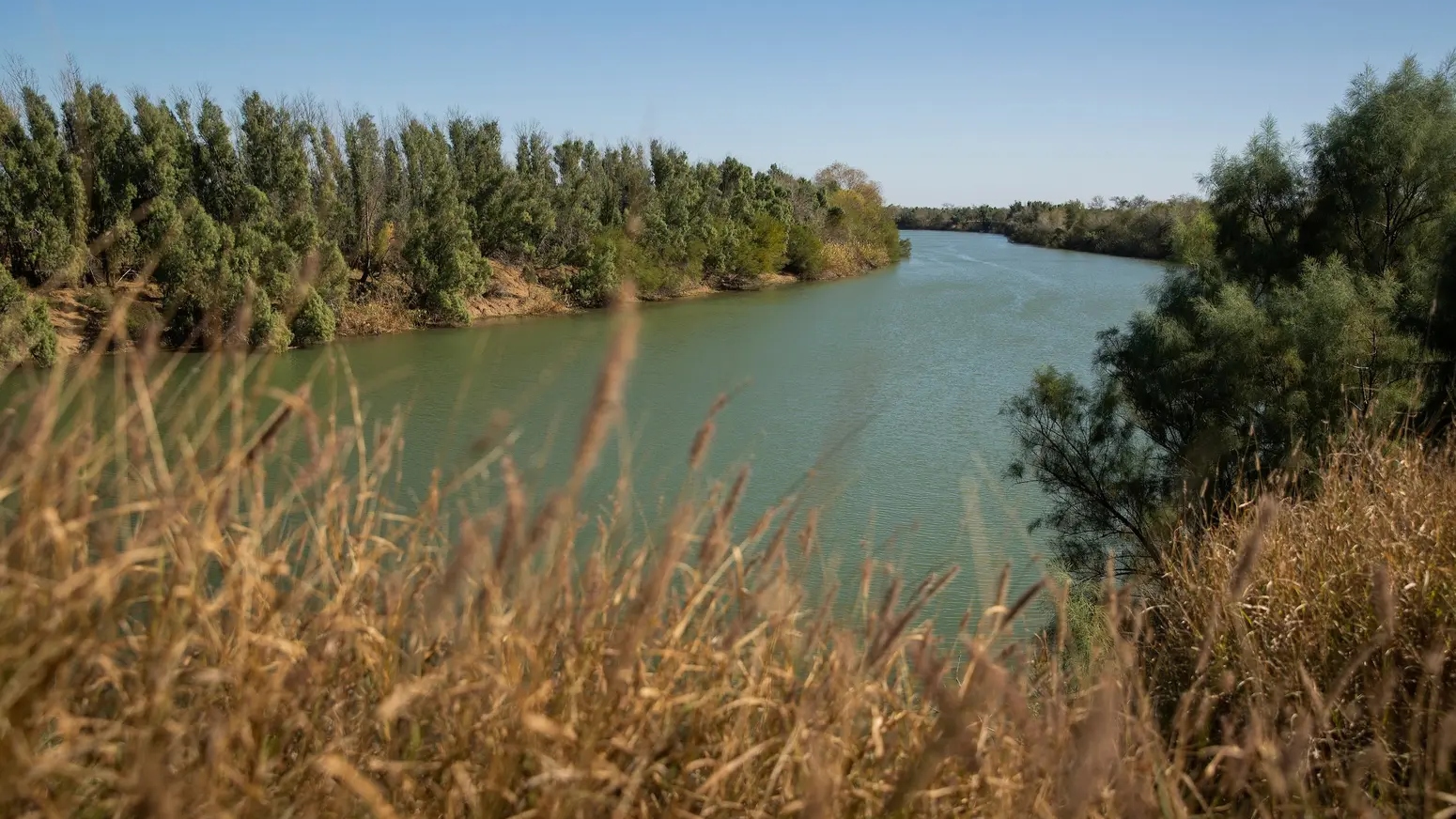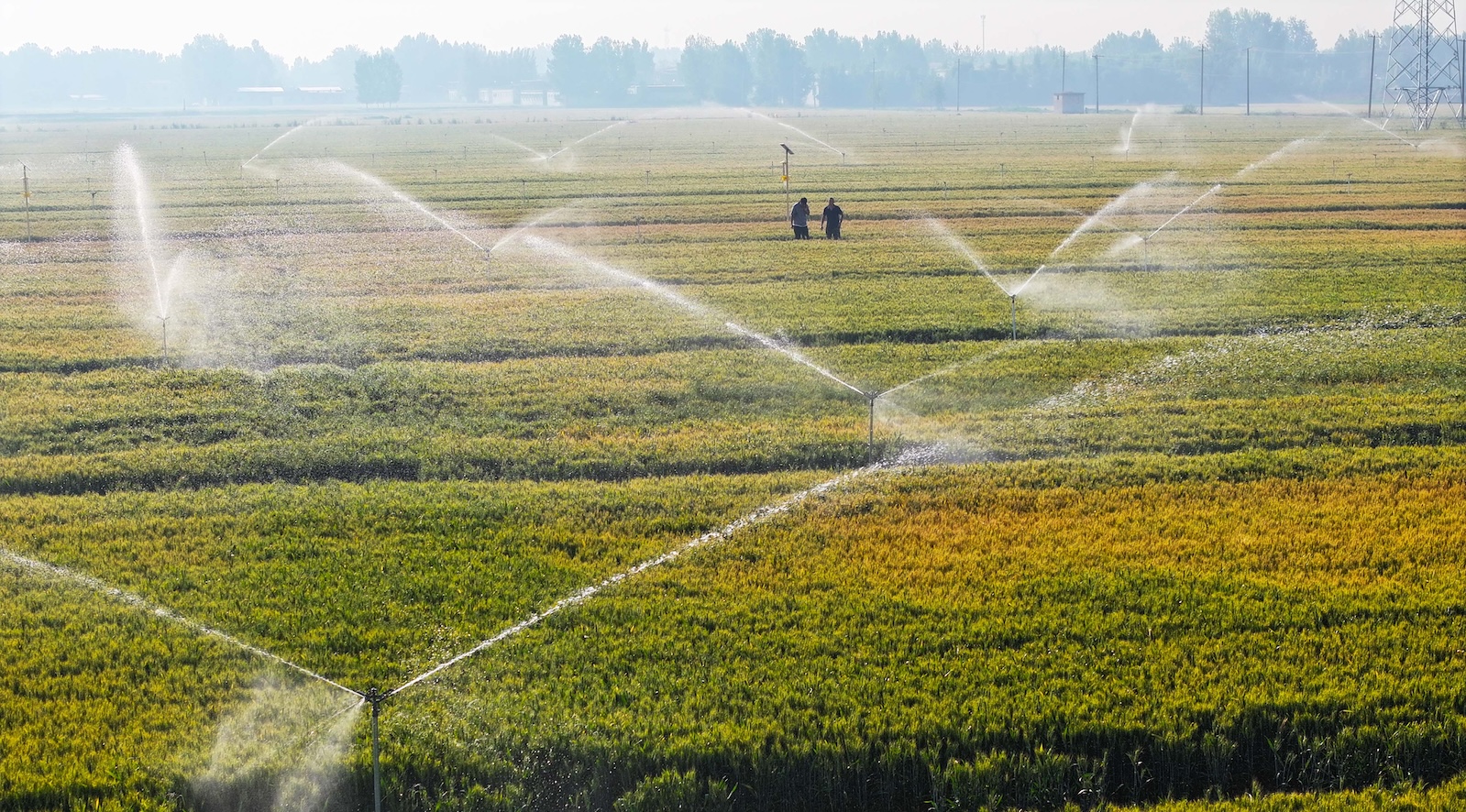
Rio Grande Valley farmers who had seen their operations devastated by insufficient rain and depleting water reserves were offered a modest but useful amount of water for their parched land.
The farmers hesitate to accept it.
Farmers and the irrigation districts that provide water to farmers remain at an impasse with the Texas Commission on Environmental Quality over more than 120,000 acre-feet of water that Mexico offered to the U.S.
This is the catch: If the farmers accept the water now, they will have to give up the water they already own and need for next year.
In mid-October, farmers and irrigation districts met with representatives from TCEQ and the International Boundary and Water Commission, the federal agency that oversees water treaties between the US and Mexico, to discuss the offer.
It involves more than 120,000 acre-feet of water Mexico offered to the U.S. after heavy rains caused significant runoff from Mexico’s Marte Gomez Reservoir, which is at 123.7 percent capacity.
If IBWC accepted the water and assigned it to Texas, TCEQ would be responsible for distributing the water within the state through their water master program based on who owns the rights to water.
Many water rights holders do not have enough water for the spring planting season, said Sonny Hinojosa, a water advocate with the Hidalgo County Irrigation District No. 2. If TCEQ were to ask them to accept the water now offered by Mexico, the water they already own and intended to conserve for the next planting cycle would be freed up for other uses.
“A farmer is not going to invest in seeds and prepare the land if he does not see enough water stored behind the dam to finish his crop,” said Hinojosa. “It’s too big an investment.”
TCEQ told farmers and irrigation district employees in attendance that not charging them for that water would be unfair to other water rights holders who do not receive the San Juan River water, according to Hinojosa, who hopes to convince the department that all advantage.
If they are not loaded and their current water is maintained in the reservoirs, that water can be reallocated to others if enough water comes in later from rain or other sources.
“The water that we do not ask to be released to us remains behind the dam, and when there is the next allocation, everyone gets a piece of the cake,” he said.
The Falcon and Amistad reservoirs supply water to farmers and irrigation districts in the Rio Grande Valley, but levels there remain low due to a lack of sufficient rainfall to meet farmers’ needs.
The American side of the reservoirs is also supposed to receive water from Mexico under the terms of a 1944 treaty. Mexico must deliver 1,750,000 million acre-feet of water to the US from six tributaries every five years, or an average of 350,000 each year. But Mexico has fallen behind, with a balance of more than 1.3 million acre-feet it must deliver by the October 2025 deadline.
The San Juan River is not one of those six tributaries, but if that water is accepted, it will be credited against Mexico’s water debt.
Reaching an agreement soon on the water offered is important as that water is in danger of spilling over the dam.
“There is a danger if they get rain in this region and the water starts to spill,” said Maria-Elena Giner, IBWC commissioner. “The other thing is that if we don’t start using some of that water, or that commitment isn’t made very soon, others in Mexico might say, ‘Well, then we’ll keep it, and we’ll use it for our users. ‘”
It’s that urgency that motivated Texas Agriculture Commissioner Sid Miller to issue an executive order last month authorizing farmers and irrigation districts to use water from the Rio Grande.
“Every day is critical,” Miller said, adding that TCEQ’s hands were tied on the matter. “By the time they got through the bureaucratic red tape, I was afraid the water was already out of the Gulf.”
But Miller’s authority to give farmers that access is dubious at best. TCEQ said water rights are governed by the Texas Water Code and TCEQ regulations.
“All Texans along the Rio Grande must continue to meet these requirements,” a TCEQ spokesperson wrote in an email.
The department added it continued to work with local stakeholders and the IBWC to negotiate water deliveries from Mexico.
The IBWC said they appreciate Miller’s efforts to help South Texas growers and irrigation districts. Giner said the agency continues to press Mexico to provide a plan to address the shortage and fix their water supplies.
Reporting in the Rio Grande Valley is supported in part by the Methodist Healthcare Ministries of South Texas, Inc.








